The Mustang GTD Liquid Carbon arrives swinging the door open: no paint, just exposed carbon fiber, perfect weave, and a clear focus on performance. It packs 815 hp from a supercharged 5.2 V8, a pushrod rear suspension, and track-ready tuning. I cut straight to the point: what changes, how much does it weigh, why does that matter, and is it worth the hefty price tag?
What changes in the Mustang GTD Liquid Carbon — and why?

Without paint, the carbon body appears raw, and this isn’t just a visual fetish. Removing the paint and extensively using carbon fiber on the doors and panels reduces about 13 lbs compared to the GTD Carbon Series with Performance Pack. Seems like little? On the track, every pound is a little devil whispering in your ear: accelerate earlier.
The Performance Pack is standard: 20″ magnesium wheels, extra aero, less sound-deadening material, and black Brembo brakes with anodized GTD script. Looking for an exotic, aggressive reference? Check out the daring level of a Lamborghini Fenomeno V12 hybrid, and you’ll understand what the GTD is provoking in the hyper-sports playground.
How does the exposed carbon body affect weight, stiffness, and aerodynamics?
Exposed carbon isn’t just for show: it improves torsional rigidity and high-speed stability. The aligned weave pattern on the hood, roof, wing, and ducktail isn’t just for looks; it’s a meticulous quality control measure — the kind that prevents variations in aerodynamic response.
Less mass improves everything: braking, handling, tire wear, and stint consistency. To understand the technical reasoning behind the GTD project, the official page details the philosophy of this street-legal racing car: Ford Performance — Mustang GTD.
815 hp, V8, and pushrod suspension: what the hell does that deliver?
The supercharged 5.2 V8 delivers 815 hp and 664 lb-ft. Translation: brutal throttle response from low to high, with that torque punch that keeps you glued to the seat. The rear pushrod suspension, with semi-active inboard actuators, keeps the setup low, rigid, and quick to respond (yes, pushrod like in racing prototypes; want a simple technical summary? pushrod suspension).

With this hardware, the GTD isn’t just competing with muscle cars. It nudges hypercar benchmarks—both combustion and electric. The fight at the top is fierce — see the showdown between Koenigsegg Jesko Absolut vs. Rimac Nevera — and the GTD arrives to be the unruly outsider.
What’s inside and how does it change the driving experience?
Cabin with black leather and Dinamica, Hyper Lime stitching on the steering wheel, seats, and doors: sporty without cheap tricks. Less sound insulation means more V8 in your ear — and what a sound it is. Does it tire you in daily use? A little. On the track? It’s music.
The ergonomics are designed for helmet and gloves: controls in the right places, clear readouts, and zero unnecessary distractions. Looking for a contrast of a “light and sharp” approach in another track-ready sports car? The weight focus is also a mantra in the McLaren Artura.
Is it worth paying over $327,000 for the Pure Carbon version?
The “base” GTD starts around $327,000, and the Liquid Carbon should go above that. What do you get? Noble materials, hardcore engineering, quick-lap potential, and exclusivity without frills. Is it a lot of money? Damn right. But it’s the entry fee into a performance level where every gram counts.

If you’re worried that “the future is electric and V8s will disappear,” it’s understandable — there are strong moves in that direction, like the new Corvette EV. The GTD Liquid Carbon is the raw scream of those who still want to burn gasoline and set lap times dropping.
How does it stack up against combustion, hybrid, and electric rivals?
Hybrids with instant torque attack corners out of turn. Electric cars win straight-line sprints. The GTD responds with aerodynamic load, sharp mechanics, proper tires, and surgical rigidity. On a technical circuit, that’s pure gold. At ultra-high-speed tracks, downforce and stability take the stage.
To understand the competition: extreme hybrids and modern V12s like the Fenomeno prove there are many paths to mind-blowing performance; meanwhile, purist combustion sports cars like the Lotus Emira remind us that lightness and feedback still thrill more than numbers on paper.
Technical highlights in 10 seconds
- Exposed 100% carbon fiber body
- -13 lbs vs. GTD Carbon Series
- Supercharged 5.2 V8: 815 hp, 664 lb-ft
- Pushrod rear suspension
- 20″ magnesium wheels (GTD)
- Black Brembo brakes
- Less sound insulation
- Advanced and cohesive aerodynamics
Quick comparison vs. competitors
- Hybrids: instant torque, higher weight
- Electric: brutal acceleration, brake heat
- Exotic V12s: sound and status, sky-high cost
- Pure lightness: top feedback, less punch
- GTD: balanced weight/aero/stiffness

What are the numbers, and why do they matter in practice?
815 hp and 664 lb-ft aren’t just for bragging rights; with aerodynamics and chassis rigidity, they translate into effective traction and shorter braking distances. Thirteen pounds less may not make you a champion alone, but combined with extra rigidity and magnesium wheels, it helps keep tires alive for more laps. That hundredth of a second can turn into a tenth over a long stint.
Sound like marketing talk? Check the technical foundation of components and concepts; high-performance brakes play a central role, as highlighted by Brembo in its track solutions. Without reliable brakes, repeatable lap times aren’t possible. Simply put.
Where does it stand in the “track monsters” ecosystem?
The GTD Liquid Carbon is the most radical street Mustang so far. It exists at the intersection of hardcore muscle cars and track GTs. It’s a response with its own identity to hypercars that cost multiples of it and still approach record-shattering lap times on global track days.
And if the question is who rules the top of the food chain, just look at titanic collisions like Jesko Absolut vs. Nevera: each project chooses its path. The GTD opts for exposed fiber, supercharged V8, and engineering that prioritizes feel and consistent performance.

FAQ — What you want to know without beating around the bush
- Is the Liquid Carbon just for looks? No. The absence of paint and increased structural carbon reduce weight and increase stiffness, improving lap consistency.
- Why pushrod in the back? Inboard mass and refined kinematics enable quick response and height/roll control under high aero load.
- Is 815 hp too much for the street? For daily driving, it’s a delicious excess. On the track, it’s what places the GTD in the “designed to destroy records” group.
- Will it appreciate in value? Limited edition, exposed carbon, and racing pedigree tend to keep desirability high — but buy it for what it offers, not just for speculation.
- Haven’t hybrids/electric cars ended the game? In straight lines and sprints, they’re brutal. Over long stints and in feel, a well-tuned, lighter V8 still puts on a show.
If you want a “weight as a weapon” analogy, check out this comparison of lightweight philosophy vs. power in the McLaren Artura, which follows the same efficiency-through-mass-reduction theme.
In my view, the GTD Liquid Carbon is a kick to the shin of the “everything will be electric tomorrow” idea. It’s expensive as hell and purposefully radical, but it delivers a rare combination: analog sensations, modern engineering, and serious carbon fiber expertise. If you want a grand finale for the supercharged V8 with race-car looks and finish that doesn’t embarrass, it hits the mark. If you’re after silence, plush luxury, and invasive assist systems, pass — this beast bites back.
Liked it or disagree? Drop your thoughts in the comments: would you go for the GTD Liquid Carbon or a hybrid/electric rival with the same money?




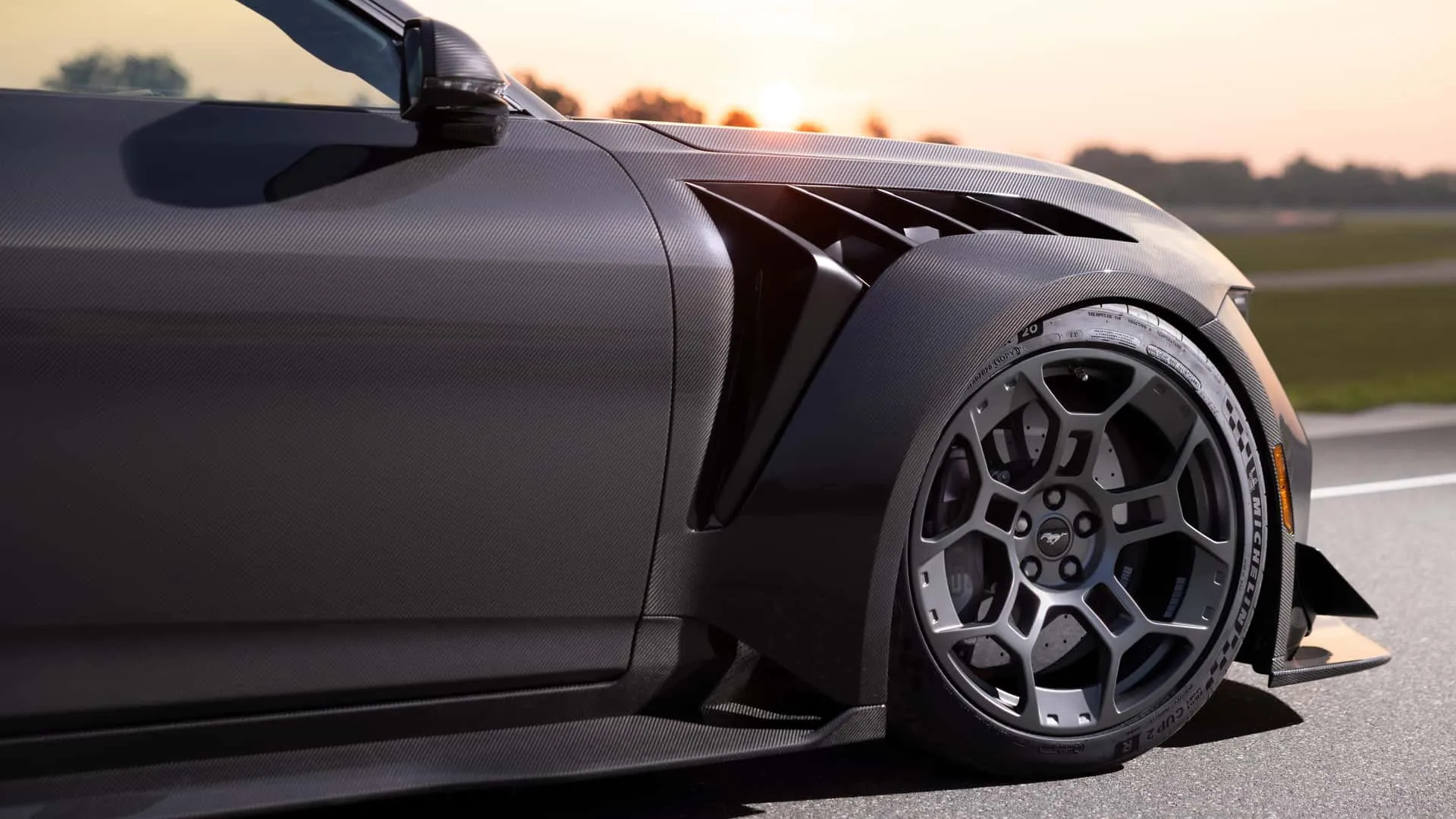


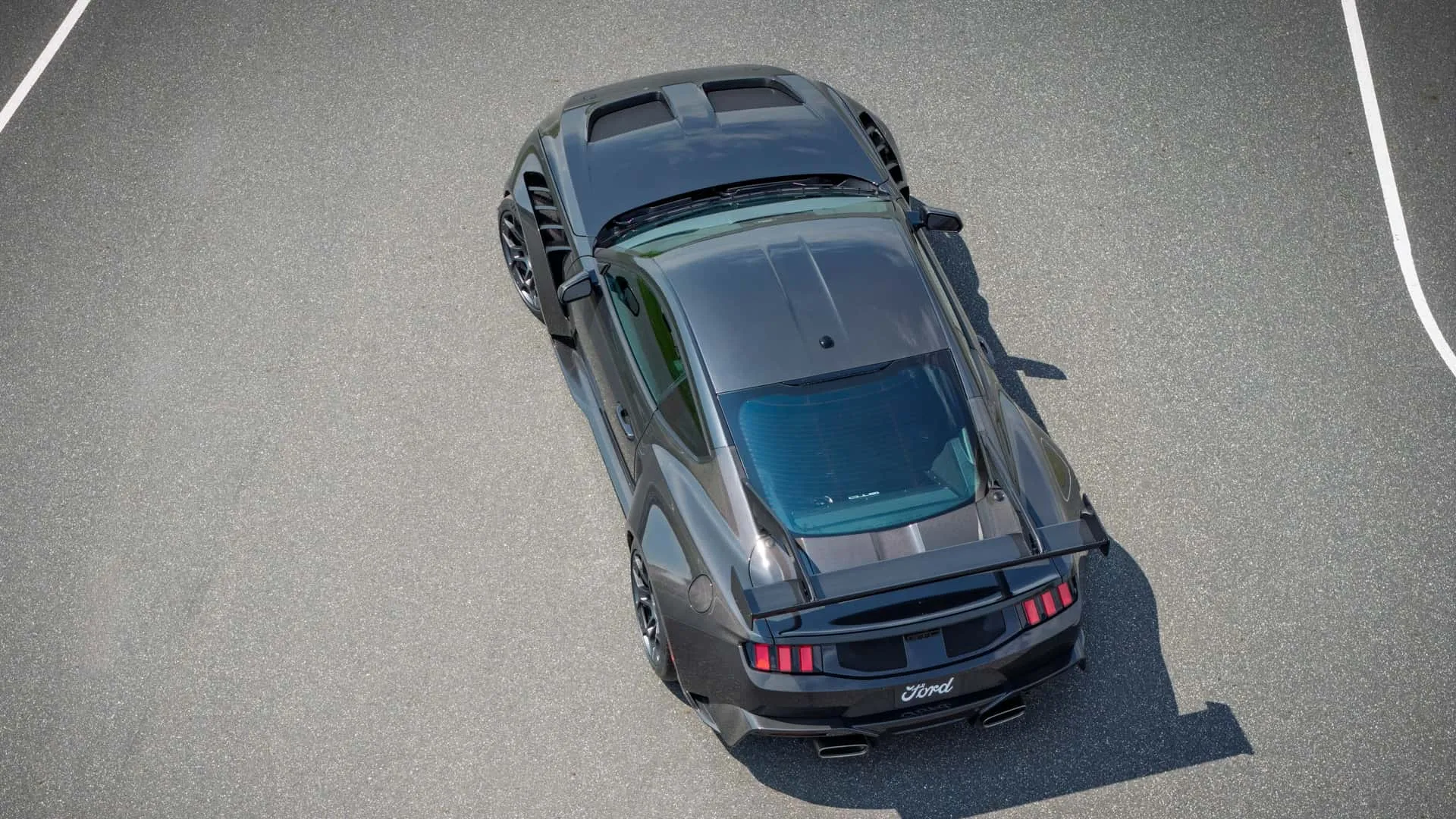
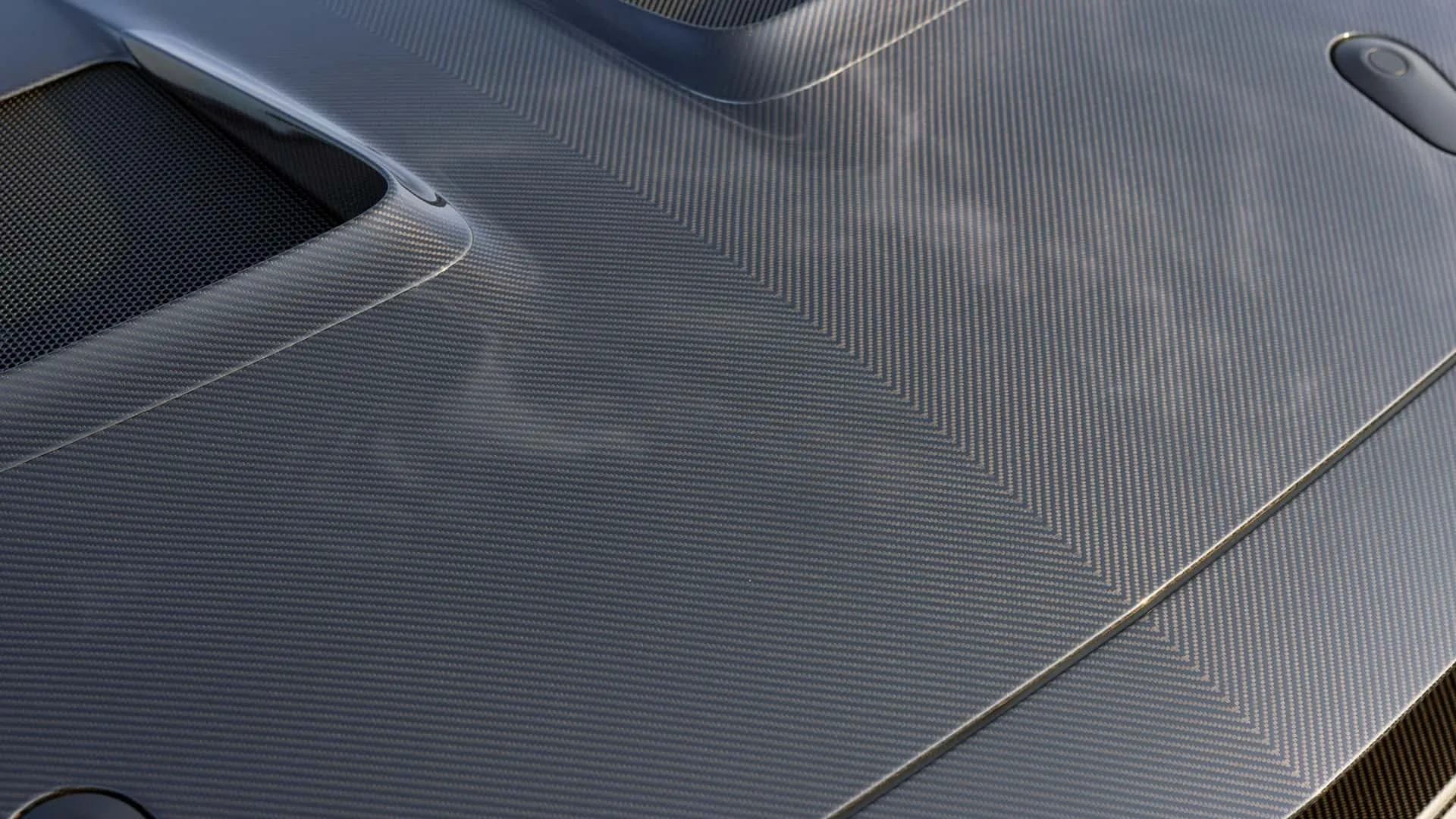
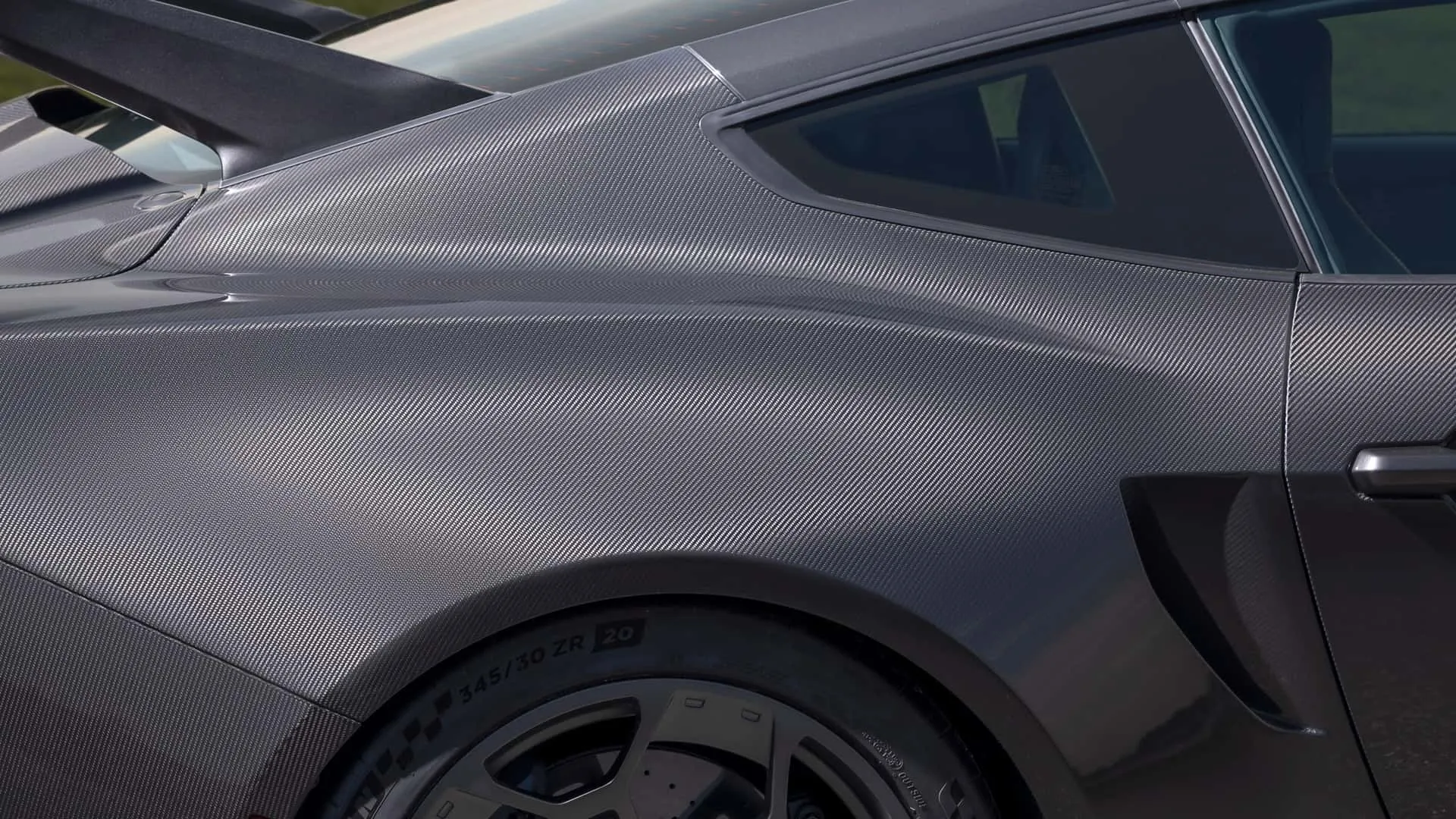
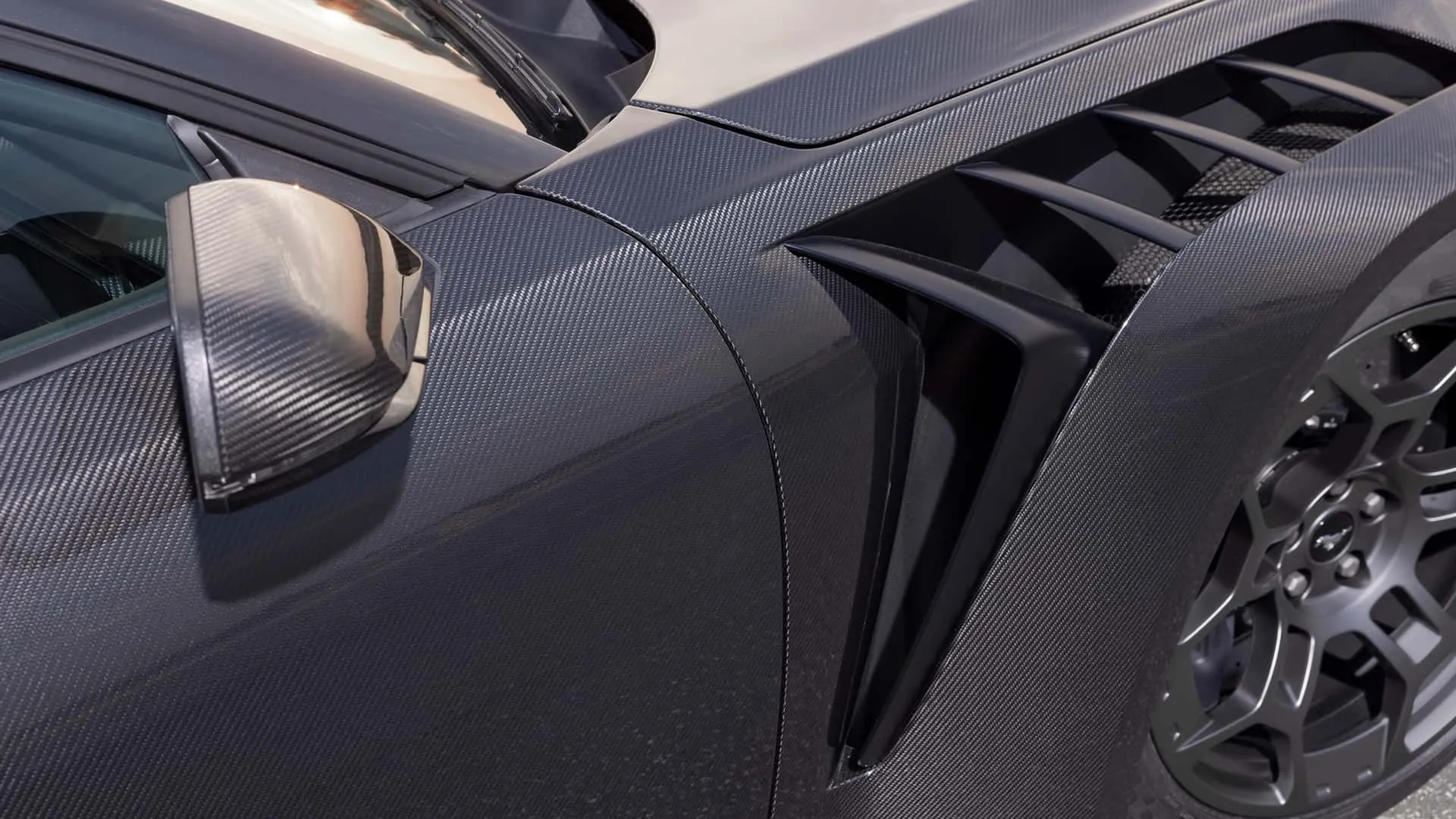

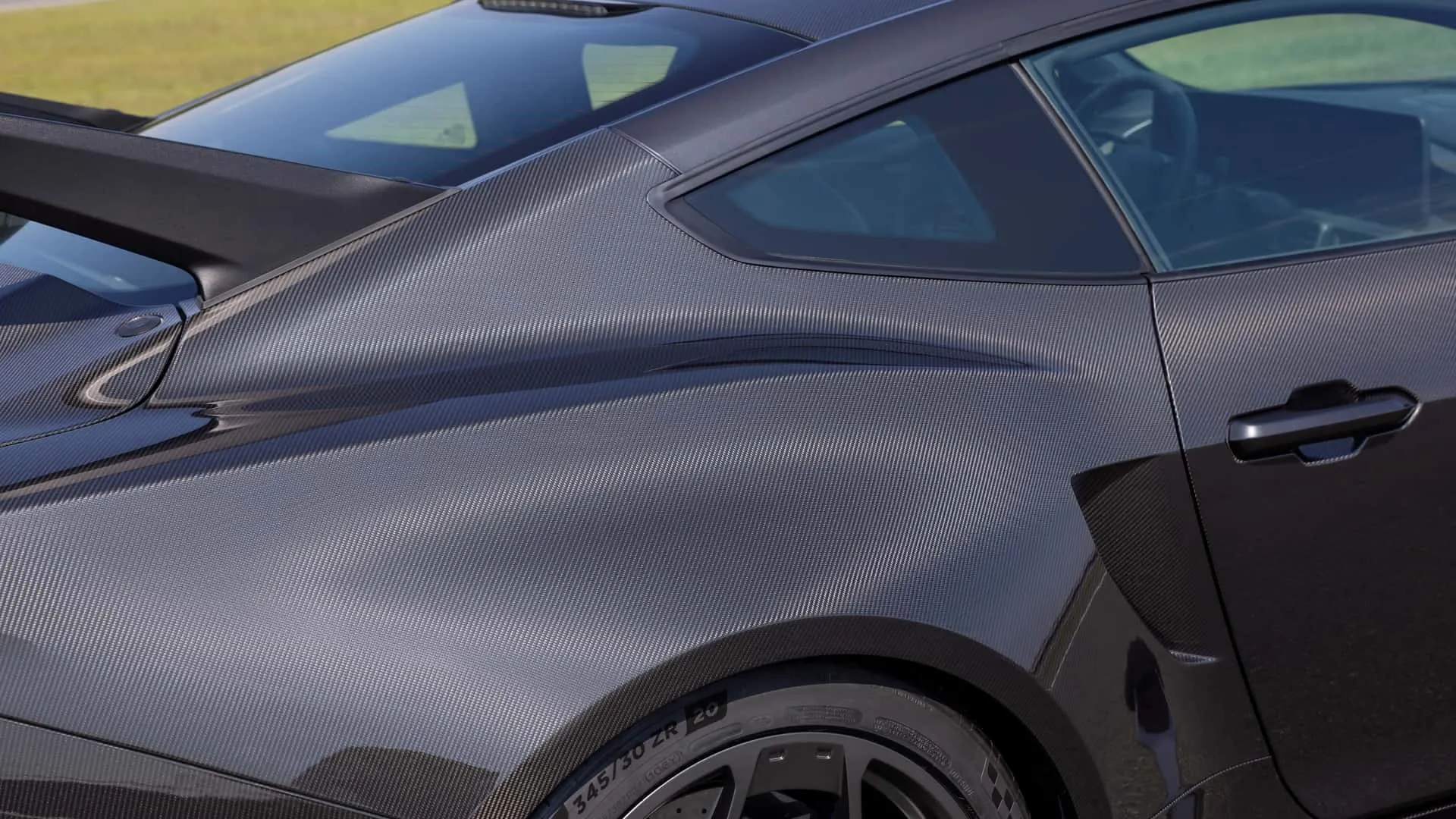
Author: Fabio Isidoro
Founder and editor-in-chief of Canal Carro, he dedicates himself to exploring the automotive universe with depth and passion. A car and technology enthusiast, he produces technical content and in-depth analyses of national and international vehicles, combining quality information with a critical eye for the public.








